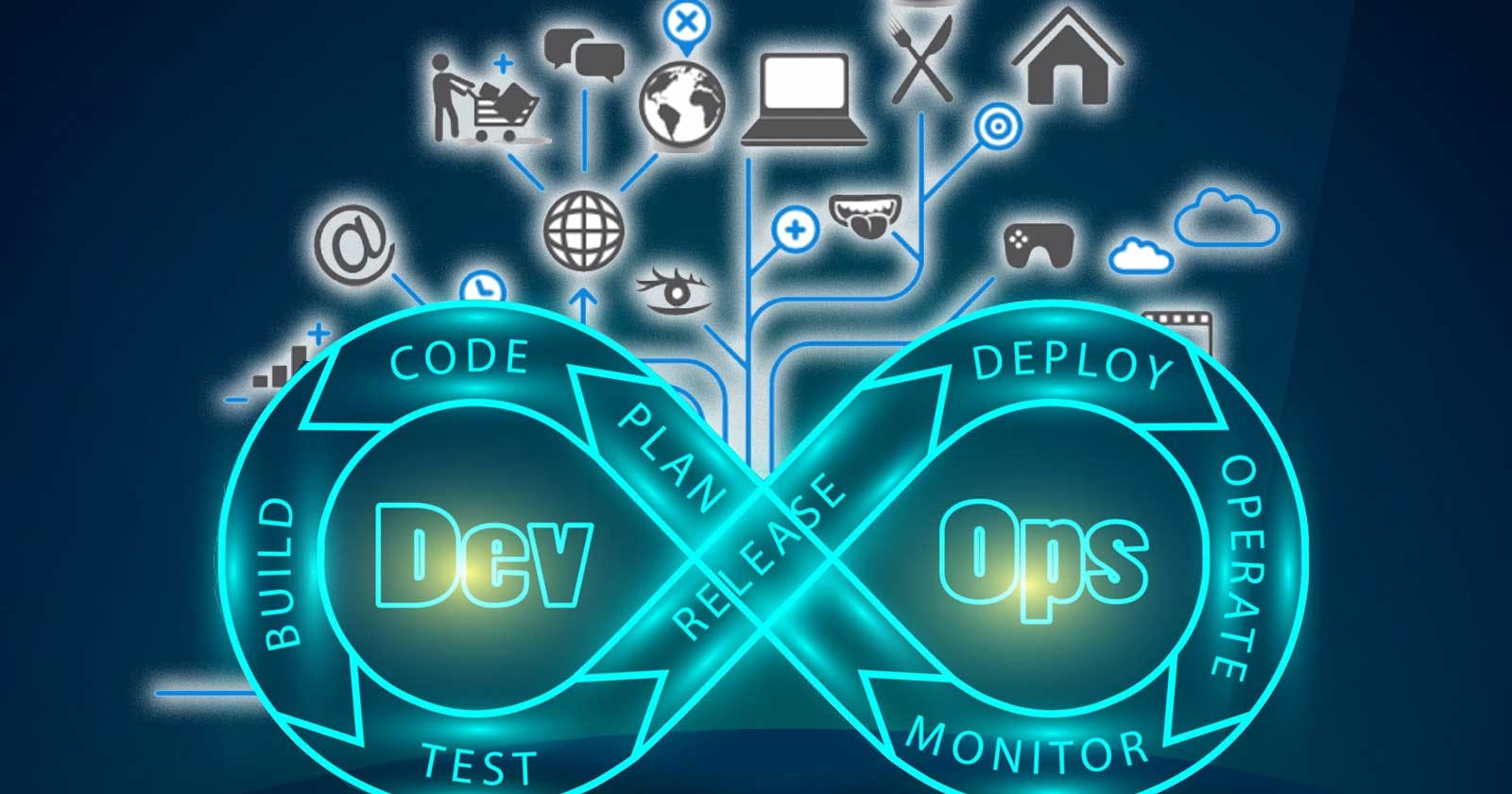DevOps is a methodology that basically collaborates between developers and operations. We are learning DevOps to automate and increase scalability.
It is also regarded as evolving and improving products faster than organizations using old-school software development and infrastructure management processes. DevOps is a combination of two ideologies- Development + Operations. Hence it is a set of practices that brings together software development and IT operations.
What is Automation?
Automation refers to using tools and technologies to automate tasks, such as the deployment of code, etc. It can help to lower the error count, improve efficiency, accelerate the delivery of services and applications, and scale environments as well as build continuous deployment (CI/CD) workflows. Several tools are used in DevOps automation tools such as Docker, Kubernetes, GIT, Jenkins, Ansible, and many more.
What is Scaling?
Scaling refers to the ability to increase or decrease the capacity of an application or service to meet demand. Scaling in DevOps is characterized as an automation-driven environment where developers or enterprises can adopt DevOps culture and choose the right technologies to scale their business growth
DevOps Tool Chain:
Plan. This phase helps define business value and requirements. Sample tools include Jira or Git to help track known issues and perform project management.
Code. This phase involves software design and the creation of software code. Sample tools include GitHub, GitLab, Bitbucket, or Stash.
Build. In this phase, you manage software builds and versions and use automated tools to help compile and package code for future releases to production. You use source code repositories or package repositories that also “package” infrastructure needed for product release. Sample tools include Docker, Ansible, Puppet, Chef, Gradle, Maven, or JFrog Artifactory.
Test. This phase involves continuous testing (manual or automated) to ensure optimal code quality. Sample tools include JUnit, Codeception, Selenium, Vagrant, TestNG, or BlazeMeter.
Deploy. This phase can include tools that help manage, coordinate, schedule, and automate product releases into production. Sample tools include Puppet, Chef, Ansible, Jenkins, Kubernetes, OpenShift, OpenStack, Docker, or Jira.
Operate. This phase manages software during production. Sample tools include Ansible, Puppet, PowerShell, Chef, Salt, or Otter.
Monitor. This phase involves identifying and collecting information about issues from a specific software release in production. Sample tools include New Relic, Datadog, Grafana, Wireshark, Splunk, Nagios, or Slack.
Benefits of DevOps:
Agility for Fast Delivery
Breaking Down the Silos
Enabling the Business
Digital Transformation
Software Stability and Quality
Increased Productivity of Business and IT Teams
Cost Savings on Maintenance and Upgrades
Improved Customer Experience and Satisfaction
Optimized and Streamlined Processes
